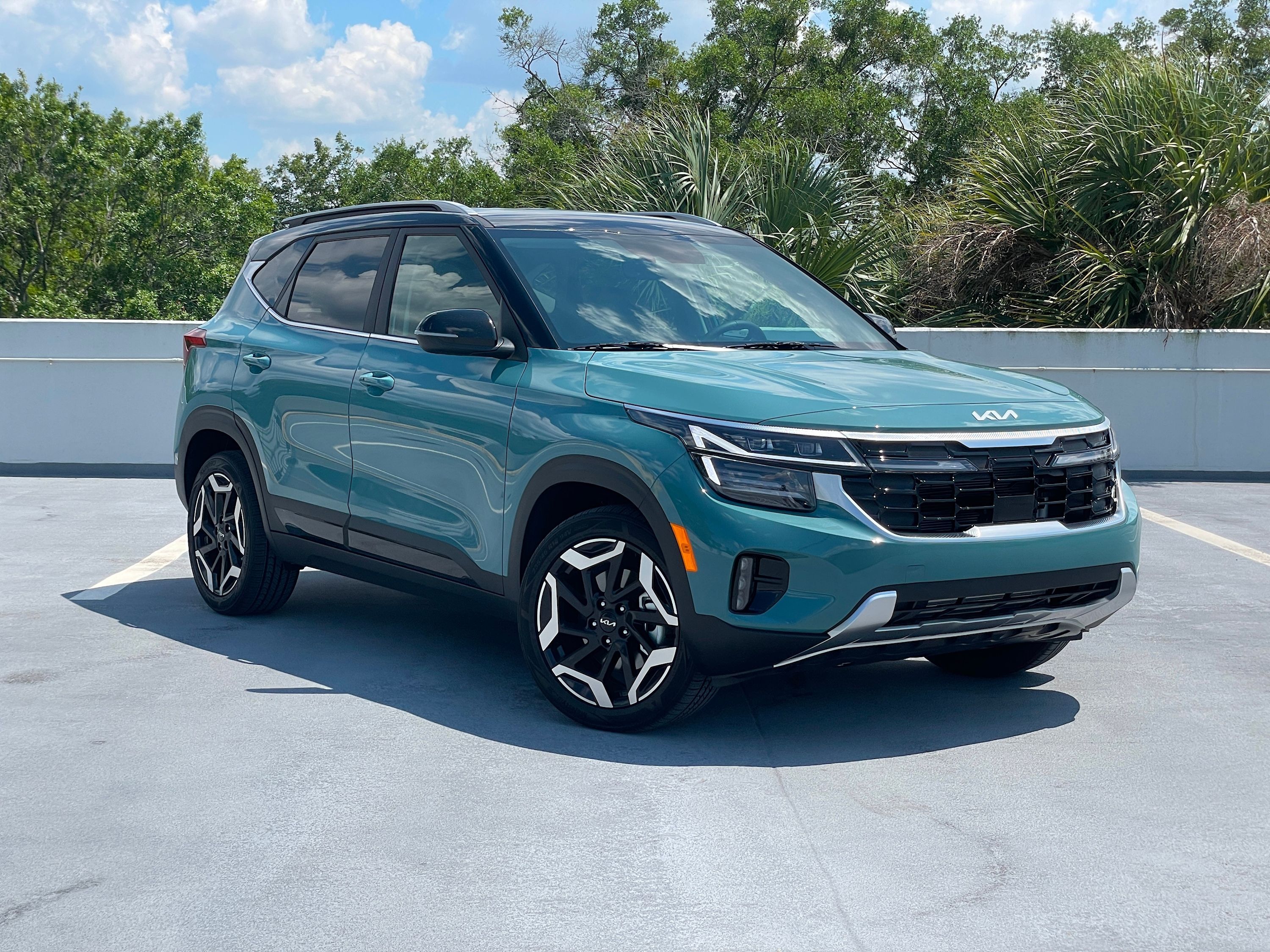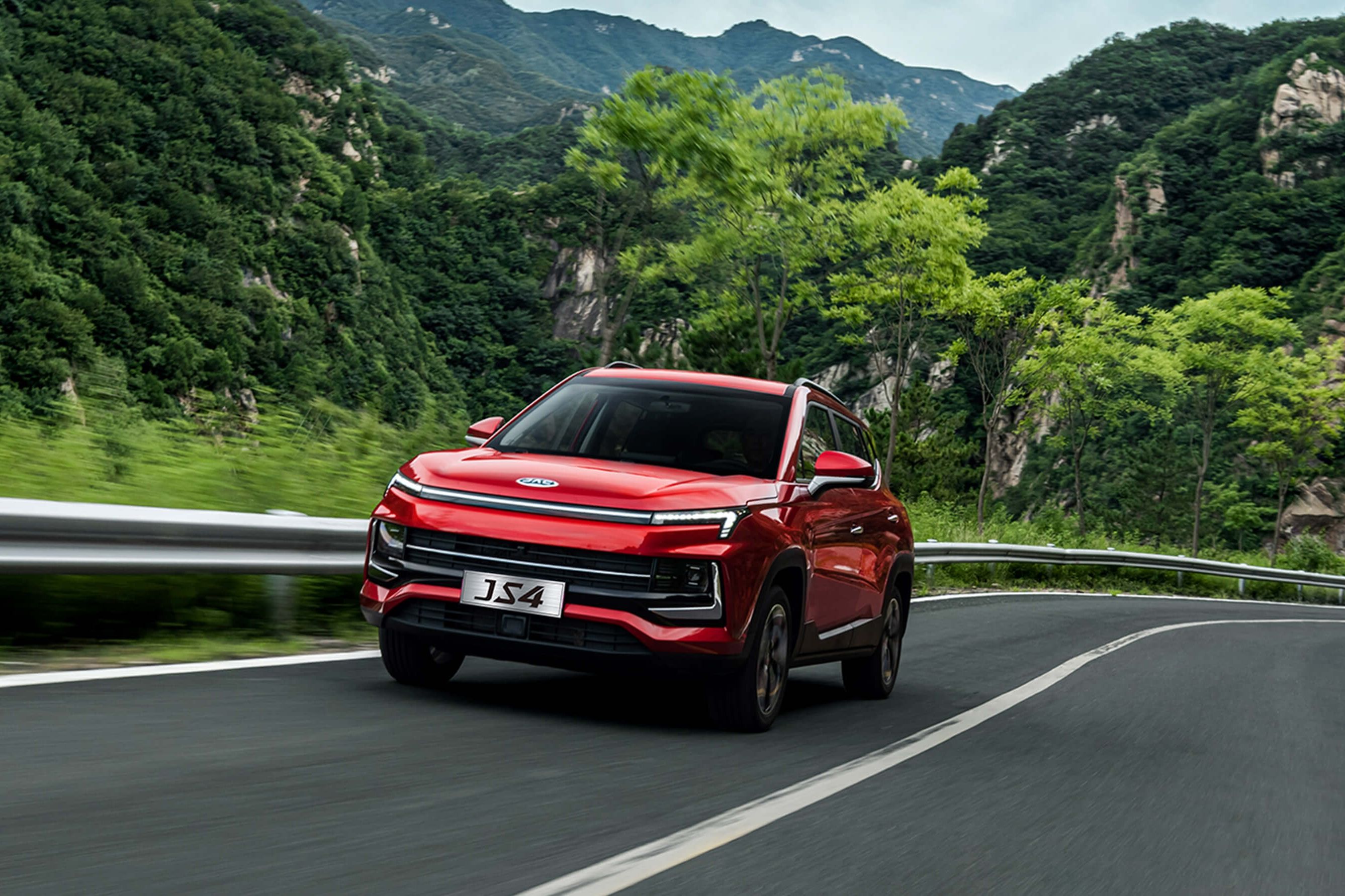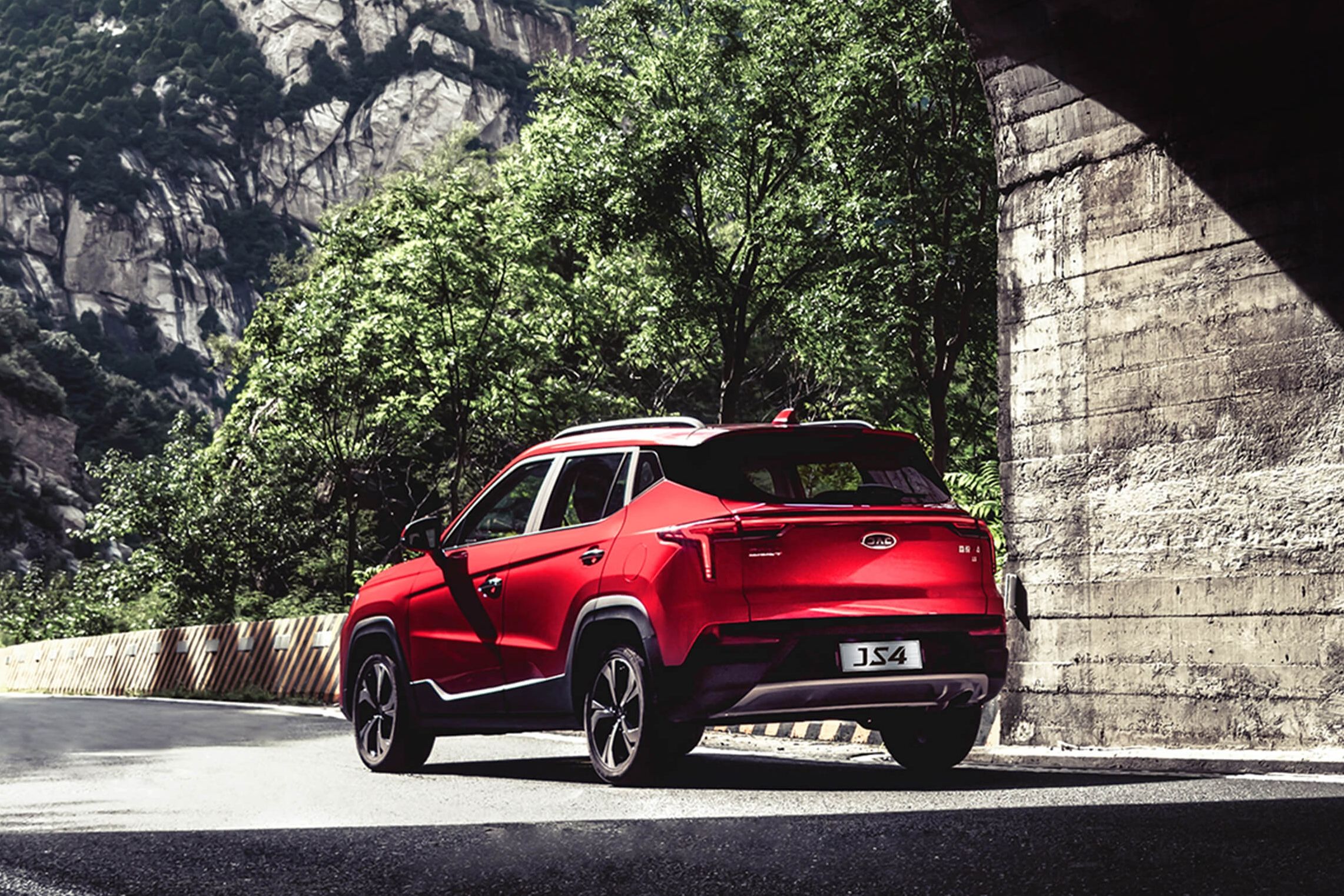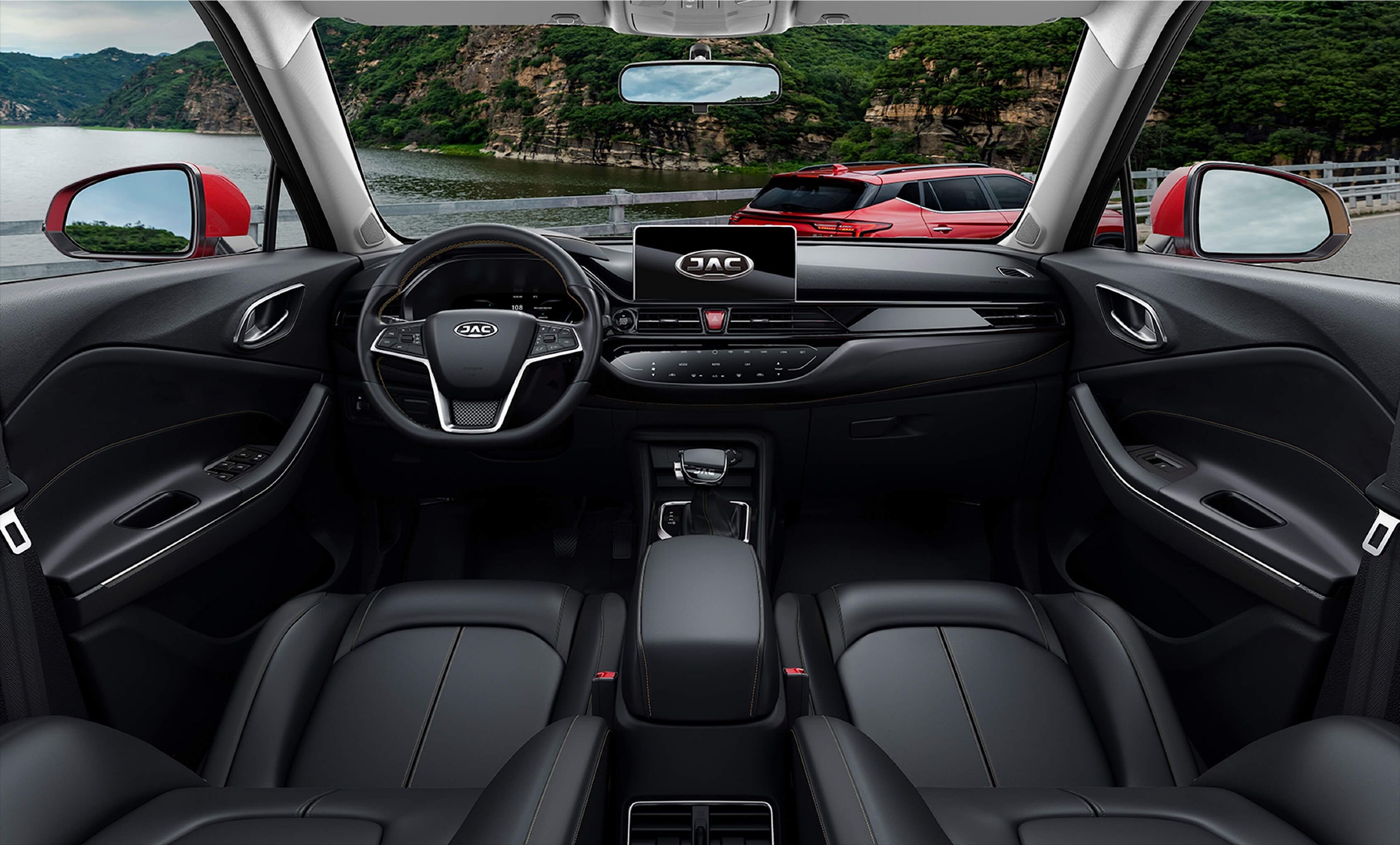
Since Russia invaded Ukraine, several automotive manufacturers have left the country, opting to sell their assets for insignificant sums but with a buyback clause in the contract. Manufacturers who made these deals may struggle to get their factories back from the Russians, as they have now teamed up with the Chinese to produce new cars at these facilities.
Renault was one of the first automotive companies to make this deal. It owned 68% of AvtoVAZ, the parent company of the famous Russian automaker Lada. The French sold its stake in AvtoVAZ (and everything that goes with it) to the Russian government for one ruble, but with the option of repurchasing it for the same amount within six years.
That may prove tricky now that the Russian government, with the help of Anhui Jianghuai Automobile Co in China, will revive the soviet-era automaker, Moskvich. These vehicles will be produced using platforms and parts provided by the Chinese.
The Anhui Jianghuai Automobile Co, more commonly known as JAC, is one of the few Chinese automakers that are not state-owned. It is one of the largest manufacturers, producing 524,000 units in 2021. These figures are spread over their commercial and passenger vehicle offerings.
The site Moskvich chose to produce its new vehicles is the factory previously owned by Renault. An insider spoke to Reuters, revealing some details about the deal. "We have [Russian truck maker] Kamaz as an external partner, and we have a long-distance partner we are working with," the insider said. "We are not naming that partner."
Even though the insider refused to name the Chinese brand it's working with, we could figure it out easily enough.
The former Renault plant, now called the Moscow Automobile Factory Moskvich, released the first images of what it's calling the Moskvich 3. The SUV looks precisely like the JAC JS4, so connecting the dots wasn't that hard. It's a subcompact SUV along the same lines as the Kia Seltos.
According to Moskvich's local partner, Kamaz, the first production unit will roll off the assembly line in December 2022. The plant will target 100,000 vehicles annually and provide jobs to 40,000 people.
"The task for the near future is to establish small-node assembly processes with the involvement of local suppliers by the end of 2023," said Russia's Industry and Trade Minister, Denis Manturov.
Due to sanctions, Russia desperately needs access to parts that it has been denied. The first car it produced post-war was a dumpster fire without ABS, but this new Chinese-based vehicle will have it as standard. This leads us to believe that many of the sanctions imposed by several countries will be rendered moot by this new development.



